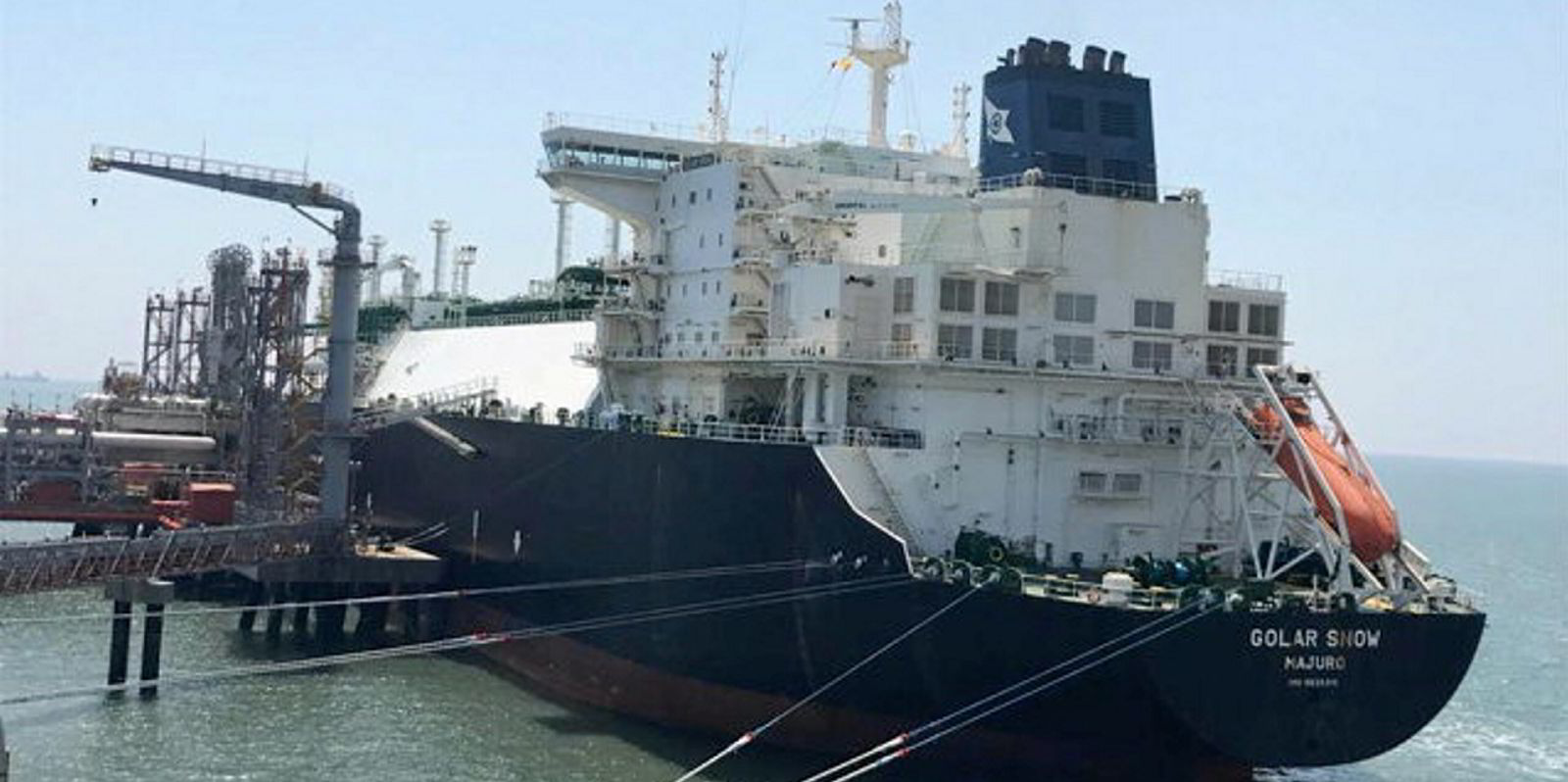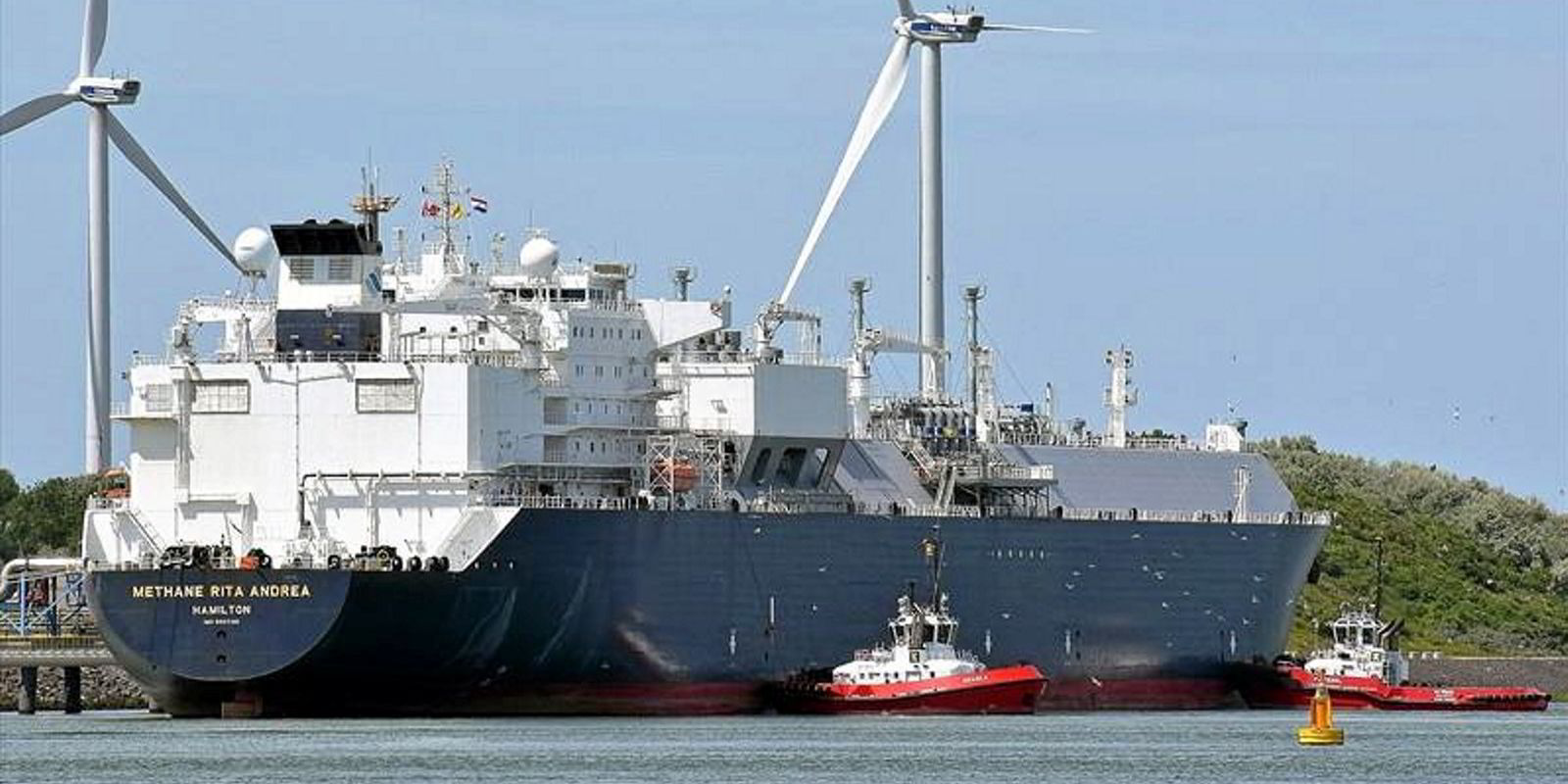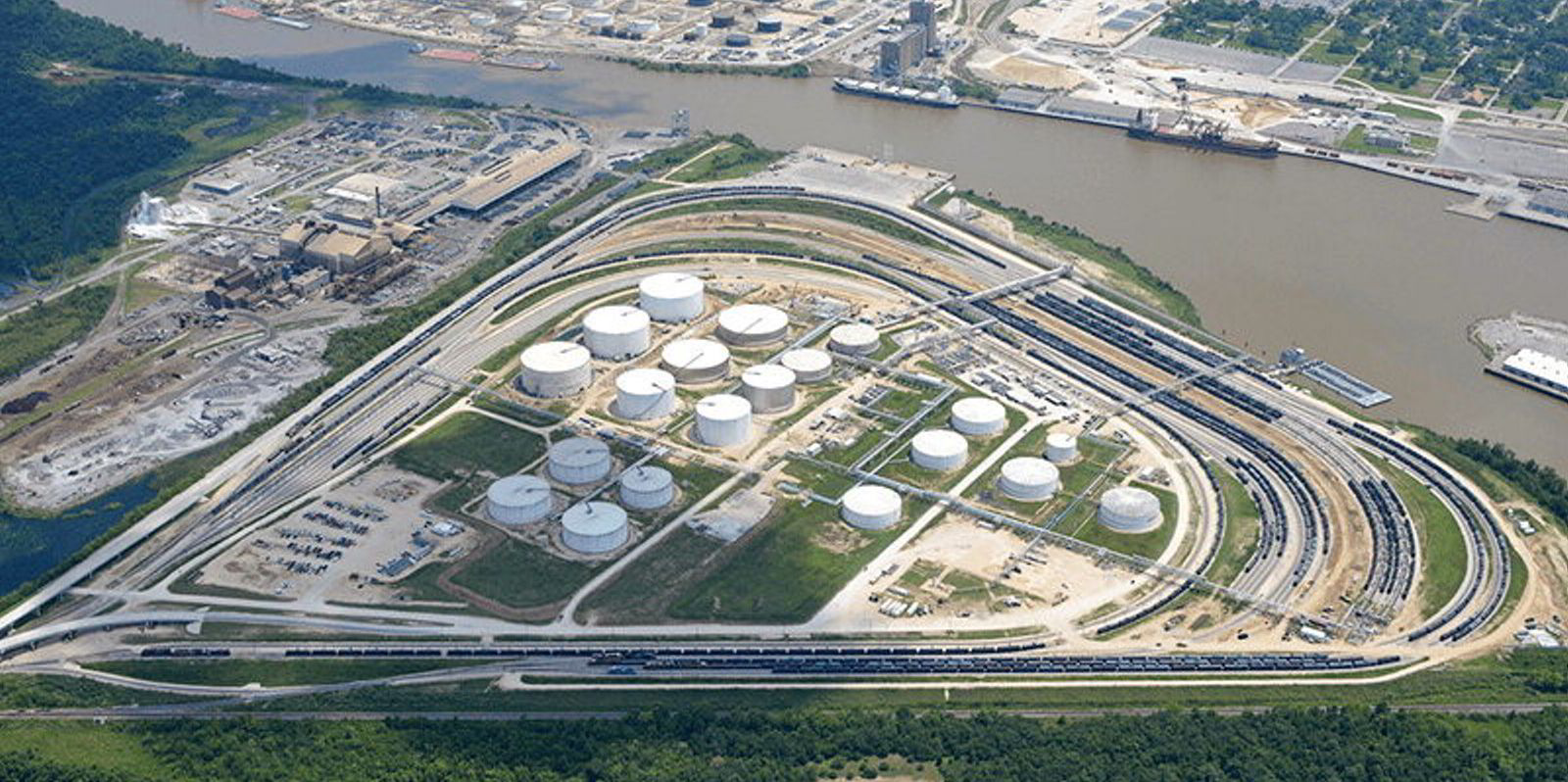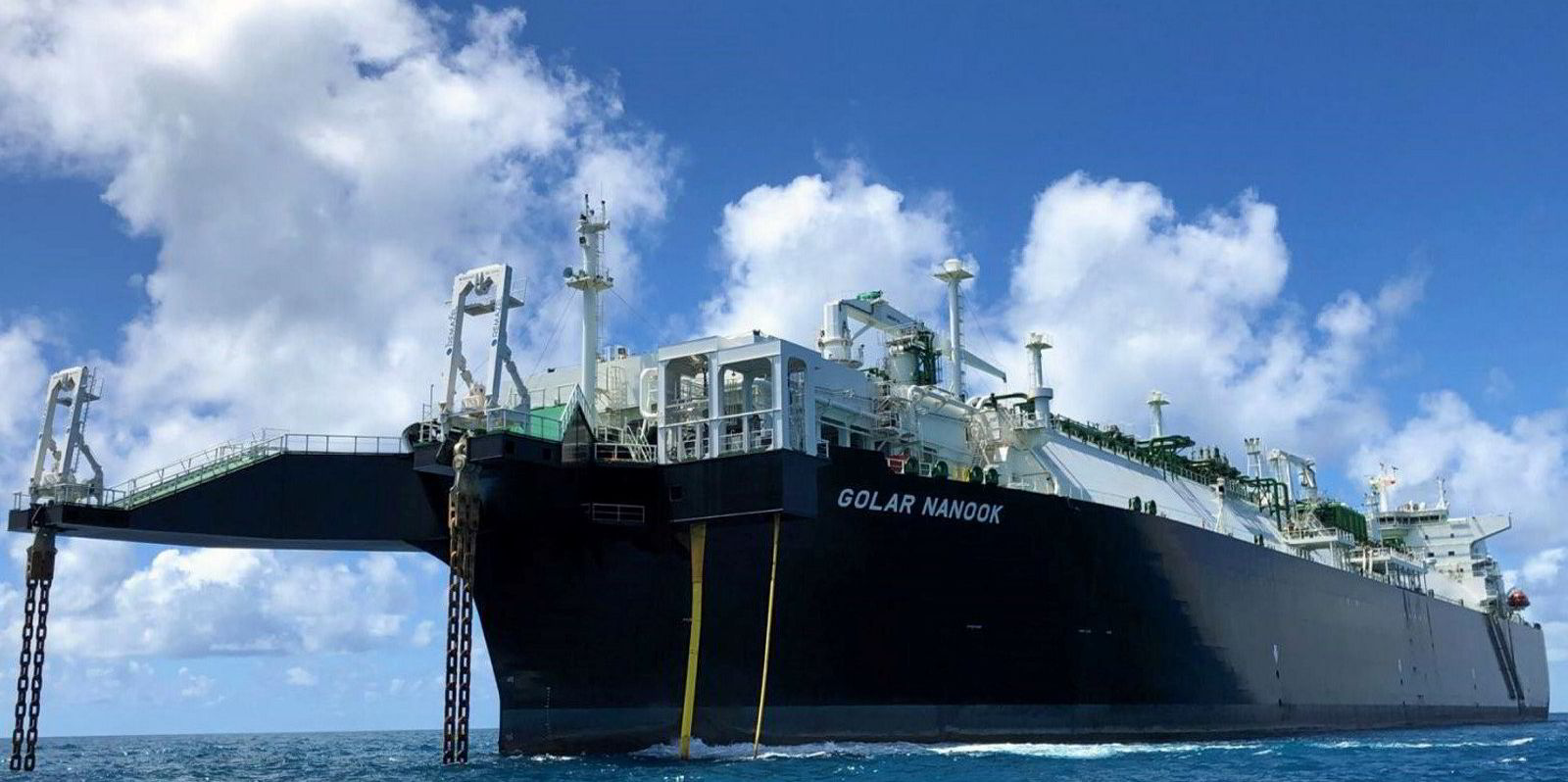Tor Olav Troim-controlled Golar LNG’s long-term view on its shipping business prospects has been buoyed by an unseasonal uptick in rates, forward energy pricing and the potential impact of Energy Efficiency Existing Ship Index (EEXI) regulations.
In a first-quarter results statement, it said the market outlook for shipping is improving on firming LNG demand and higher prices, referencing its fixture of a one-year time charter at what the company said is “a level of return not seen" in the LNG market since 2011.
Tighter emissions regulations expected from 2023 may also require slower steaming for a substantial portion of the existing fleet, Golar said.
“The negative impact of potential EEXI regulations on the viability of up to 254 steam turbine carriers, relative to a global on-the-water fleet of 597 vessels and a 130-vessel orderbook, means that Golar’s longer-term view of the shipping business has also materially improved.”
The company said: “The few shipyards capable of building LNG carriers are filling with container newbuild orders and we do not see potential for significant new LNG carrier orders before 2024.”
Golar said the global LNG trade is expected to grow by 4% per annum over the same time frame.
“This should allow for improved earnings from our carrier portfolio and create a supportive backdrop for this as a stand-alone business.”
Turnaround
Golar logged a net income of $25.4m for the first three months of 2021, compared with a net loss of $104.2m in the same three months of last year.
Operating revenues also inched higher at $125.8m, against $122.6m in the same period of 2020.
During the period, Golar agreed to the sale of its downstream business Hygo Energy Transition and Golar LNG Partners to New Fortress Energy, closing the deals on 15 April.
Golar received a total of $131m in cash and 18.6m Class A shares in New Fortress.
The company said this simplified the group structure, crystallised value and strengthened its balance sheet.
Golar logged first-quarter average daily time charter equivalent earning for its LNG fleet at $61,700.
Renewed focus
The company’s under-conversion floating LNG production unit, FLNG Gimi, has achieved 69% technical completion and is on track and budget, the company said.
Golar said it is progressing engineering work on a “smaller, cheaper, and faster delivering Mark II FLNG design” in addition to a larger Mark III newbuilding solution, and is assisting New Fortress with its jack-up rig FAST LNG designs.
The company said it has a “renewed focus on growth prospects with an emphasis on potential gas acquisitions for integrated FLNG projects”.
Golar also issued what it said is its first “stand-alone” environmental, social and governance report, which lays out the company’s 2030 targets on emissions.
It details Golar’s ambitions to deliver a 25% reduction in carbon intensity from its shipping fleet — measured on Average Efficiency Ratio versus 2019.
The report details that the Scope 1 CO2 emissions have been rising for the company’s LNG carriers and FLNG unit.
CO2 emissions from Golar's LNG carriers have steadily climbed from 719,776 tonnes in 2016 to 1.14 million tonnes (mt) in 2020, while those for its lone FLNG unit, which went into operation three years ago, rose from 332,422 tonnes in 2018 to 387,726 tonnes last year.
But those for Golar’s floating storage and regasification units slipped back from 435,504 tonnes in 2019 to 420,901 tonnes last year.








